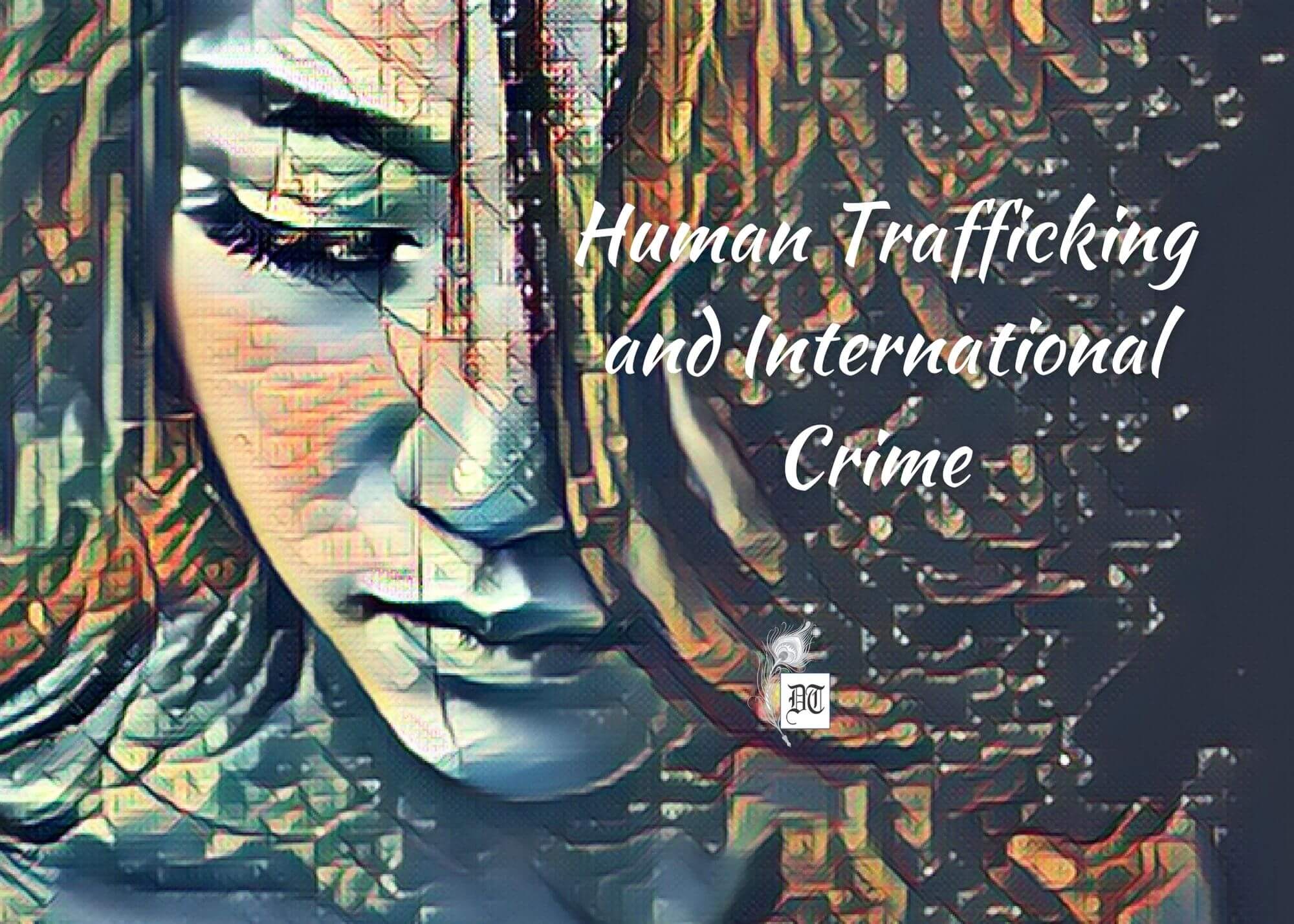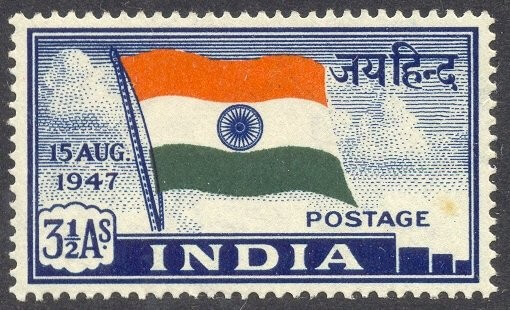Flesh trade and forced or bonded labour are closely linked with human trafficking. It’s a lucrative trade with millions of dollars of turnover. Here’s a case study of Thailand, a haven for ‘pleasure girls’. The Sin City has murky underbelly of sleaze and international crime. Here’s Anumita’s in-depth research article on the international crime that blatantly violates human rights as part of Different Truths’ special story on bonded labour.
We consider ourselves cultured and civilised, yet today, the glaring facts of human trafficking still exist in many parts of this world. It is a lucrative trade with economic turnovers of millions of dollars, which is based on flesh trade. There is a big list that pops out, when we do a Google search, using keywords like ‘Human Trafficking’. The statistics that go with these countries are outrageous. There is no age bar in this flesh trade, children as young as six are used as commodity. There are countless tales and stories of the horrors women, men and children of various third world countries go through in the business of human trafficking. It would be unjust to only point out to the underdeveloped countries, but unfortunately the source of such business begins there.
The south eastern sector of our globe has a strong concentration of flesh trade, particularly Thailand
The south eastern sector of our globe has a strong concentration of flesh trade, particularly Thailand. It is considered as one of the worst countries in the world, for human trafficking. Other than sex trafficking, labour trafficking is also rampant in this country too. They are the slaves, the bonded labourers, who are forced to sell their bodies for the profit of organised crime lords. According to some researches, the socioeconomic reason and factors, which surround the business of human trafficking can give us a better understanding of the causes behind such a concentration.
“Although the networks that traffic foreigners into Thailand tend to be small and not highly organised, those who traffic and enslave Thai victims abroad tend to be more organised and work in more formal networks; often collaborating with employers and, at times, with law enforcement officials, and have been found to hold Thai and foreign passports” (Thailand). This issue affects most of the populations, especially those in below poverty line. The lure of job opportunities and a scope of better life, leads many unsuspected and poor people into the hands of the human traffickers. The hunger of the stomach and to be able to pay off debts of the family, leads many towards their ultimate doom.
It is mostly the ethnic minorities and the stateless people in Thailand who are in a greater risk of being human trafficked. “Last year, Thailand gave legal papers to 1.6 million undocumented migrant workers, which the government said made them less vulnerable to exploitation and trafficking”. (Marshal) “Both internal and cross-border trafficking occurs in and from Thailand, for sex and labor exploitation. Male and female migrants from neighboring countries are trafficked into Thailand; Thais are trafficked to wealthier countries in Northeast Asia, the Middle East, and Europe; and there is rural-urban risky migration and trafficking as well.”(UNIAP) This report makes it clear that the trafficking is not regionalised in and around Thailand. It has the involvement of other wealthy countries of the world in it. This is a racket, which has money flowing from countries with polished fronts. Western countries and Middle East affluence fund these heinous crimes. Today, it is a multimillion dollar business industry.
Fishing industry is a thriving industry in Thailand; it gives the perfect breeding place for sex trafficking and forced (read bonded) labour.
A CNN report of June 21, 2014, carried a story about a man named “Myo” (not his real name). He was a Burmese guy promised to work in a pineapple processing factory in Thailand. On arrival, he was sold to a boat captain for $430. He was regularly beaten and had to work without pay. Myo did finally escape but such stories are not uncommon in this part of the world. Foreign immigrants forced for labour and prostitution is much open in Thailand. Fishing industry is a thriving industry in Thailand; it gives the perfect breeding place for sex trafficking and forced (read bonded) labour.
We would often ask ourselves that, why isn’t the government intervening. As in many Third World countries, the factor of intensive corruption in all levels makes it easier for the perpetrators. Often it is found that the police officers assigned to the high trafficking zone get a cut for this kind of activity. There is an article by Neil Thompson in The Diplomat, in which he says that one of the major issues for Thailand being a center of human trafficking is its porous borders. “The slavery issue is partially the fault of geography: By land Thailand borders several deeply impoverished countries, including Laos and Cambodia, but also wealthier Malaysia, a popular destination for migrants. It also lies on the sea-routes for people-smuggling rings operating from Bangladesh and Myanmar” (Thompson). This proves that geography plays a role in human trafficking. The Global Slavery Index estimates that half a million people in Thailand are held in bondage, mostly in garment, fishing and, sex industries (Thompson). Warning from the US, to address these issues to the Thailand government has gone unheeded.
On May 22, this year, Jonathan Head, a Southeast Asian correspondent of BBC news traveled twice to a remote island near the Andaman coast with few Thai volunteers. In the first trip, they had found unmarked mass graves of people, mostly women. These half decomposed skeletons were of migrants, who were travelling to get the so-called ‘good life’ in Malaysia. On his second trip, he got to see some rescued migrants, who were a group of Bangladeshis. They had been forced into boats and were brought over, to be ultimately broken down and sold. The district chief, Manit Pianthong was trying to stop human trafficking through his district. He was constantly threatened by his higher officials, to send the migrants to immigration detention centers. The chief knew that once they are in the center, they would be sold back to the traffickers, as because human trade was immensely profitable (Head).
he concept of Human Trafficking is also mentioned in the book, Half the Sky.
The concept of Human Trafficking is also mentioned in the book, Half the Sky. The main idea of this book is about turning oppression into hopeful future, for women worldwide. Women and girls all over the world, face threats of trafficking, prostitution, violence and discrimination (ITVS). “Half the Sky tackles atrocities and indignities from sex trafficking to maternal mortality, from obstetric fistulas to acid attacks, and absorbing the fusillade of horrors can feel like an assault of its own” (MANJI). This book is collection of real life stories of women, who fought back the atrocities committed against them and turned their life around. Pulitzer Prize winners Nicholas D Kristof and Sheryl WuDunn traveled to Africa and Asia in search of individuals, who have gone through the cruelty of human trafficking and other inhuman atrocities. Yet they bring out the real stories with a more positive turn around in their lives.
“Many poor minority groups living on the Thai-Burmese border are considered stateless. Unable to attain jobs, many turn to illicit work—selling and using drugs, forcing their children to beg or selling their children to traffickers. Not For Sale educates and protects children rescued from exploitation” (Not For Sale). Institutions like Not For Sale and such other are those fighting against the reasons and causes which makes the poverty stricken, uneducated people a prey to human trafficking. The hope for a better tomorrow is never lost, as where there is a will there always a way.
A famous documentary takes a look into the darker sides of Bangkok’s notorious nightlife:
https://www.youtube.com/watch?v=T1nRKU6ug9M
References:
“HumanTrafficking.org | Thailand” HumanTrafficking.org | Thailand. Humantrafficking.org. Web. 14 July 2015.
Marshall, Andrew M. “Thai ‘confidence’ in Anti-trafficking Record Belied by Statistics” Reuters. Thomson Reuters, 30 Jan. 2015. Web. 15 July 2015.
Brown, Sophie. “Tackling Thailand’s Human Trafficking Problem.” CNN. CNN World News, 21 June 2014. Web. 18 July 2015.
“Thailand – Not For Sale.” Not For Sale. THILAND Global Initiatives, 2015. Web. 20 July 2015.
Thompson, Niel. “Human Trafficking: Thailand’s Porous Borders.” The Diplomat. N.p., 23 June 2015. Web. 23 July 2015.
Head, Jonathan. “Sold for Ransom: On the Trail of Thailand’s Human Traffickers – BBC News. BBC News.” 22 May 2015. Web. 24 July 2015.
MANJI, IRSHAD. “Sunday Book Review.” New York Times 17 Sept. 2009. Print.
Half the Sky Book Review. (n.d.). Retrieved July 1, 2015.
Picture design Anumita Roy
Note; All data and statistical interpretation are of pre-covid period.





 By
By
 By
By
 By
By